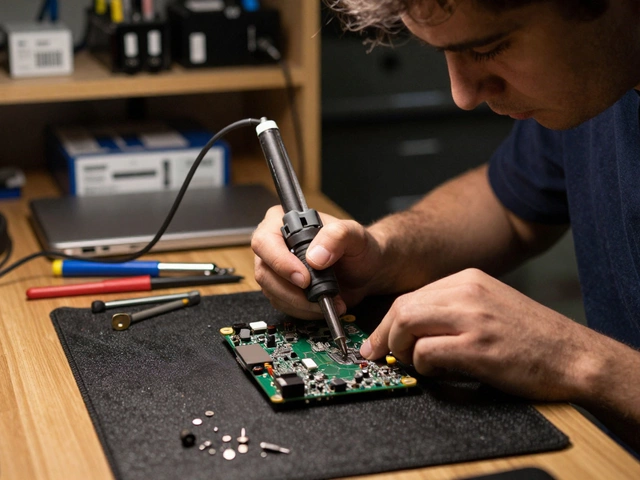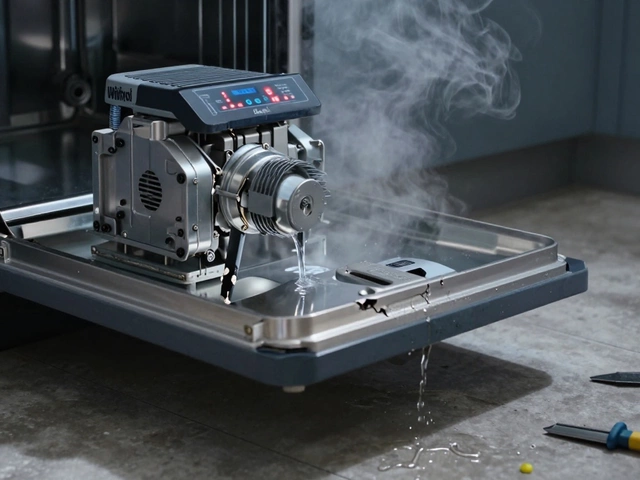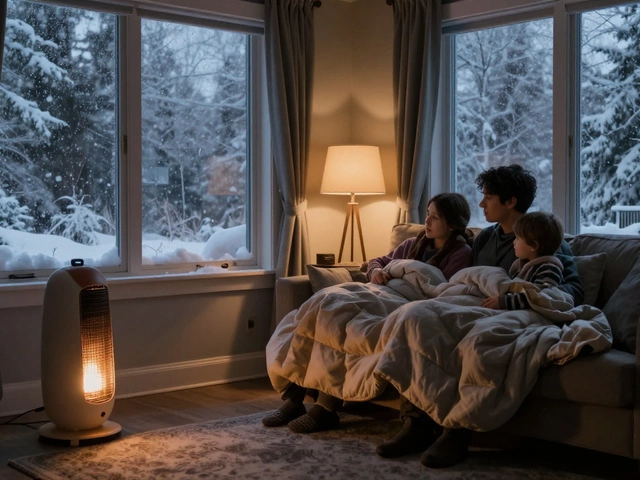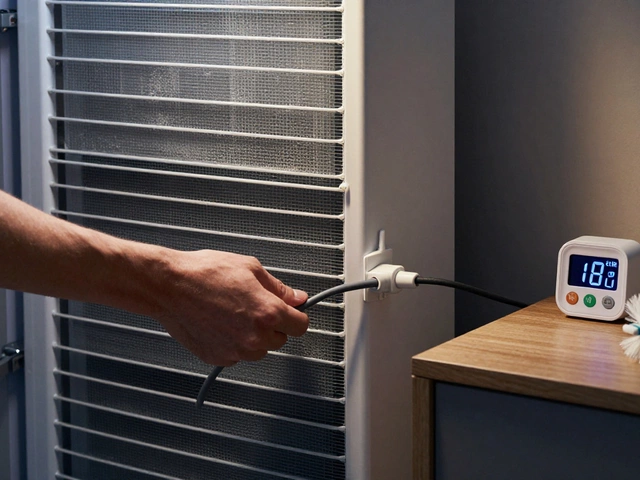Hot Water Troubleshooter
If your shower suddenly has no hot water, it’s not just an inconvenience-it’s a daily frustration. You turn the knob, and icy water hits you instead of steam. This isn’t normal. Most of the time, the problem isn’t your showerhead or pipes. It’s your water heater. And the good news? You can often fix it yourself without calling a plumber.
Check the power or gas supply first
Before you start taking things apart, make sure the water heater is actually getting energy. For electric water heaters, go to your breaker panel. Look for the circuit labeled "water heater" or "hot water." If it’s tripped, flip it back on. If it trips again right away, there’s a serious electrical issue-call a pro.For gas water heaters, check the pilot light. Most units have a small window on the front where you can see the flame. If it’s out, follow the relighting instructions on the tank’s label. Usually, you turn the gas knob to "pilot," press and hold it down, light it with a long match or lighter, then wait 30 seconds before releasing. If the flame won’t stay lit, the thermocouple might be bad.
Don’t assume the gas line is fine just because your stove works. Water heaters need a steady 7-10 inches of water column pressure. A weak line or a closed shutoff valve can kill the flame. Check the gas valve near the heater-it should be fully open. If you smell gas at any point, leave the house immediately and call your gas company.
Test the thermostat settings
Many people set their water heater too low to save energy. The recommended temperature is 120°F (49°C). That’s hot enough for showers and dishwashing, but not so hot it scalds you or wastes energy.Electric water heaters have two thermostats-one near the top, one near the bottom. Both need to be set to the same temperature. To check them, turn off the power, remove the access panels, and peel back the insulation. You’ll see two dials. Use a flathead screwdriver to adjust them. If one is set to 100°F and the other to 140°F, the bottom element won’t heat enough water to last through a shower.
Gas water heaters have a single dial on the bottom, usually labeled "A," "B," "C," or with temperature numbers. Turn it to 120°F. Wait an hour, then test the water at the shower. If it’s still cold, move on.
Flush the tank for sediment buildup
In Vancouver, where water is hard, mineral deposits build up fast. Over time, this sediment sinks to the bottom of the tank and acts like a blanket between the heating element and the water. The element heats the sediment, not the water. Result? You get lukewarm water for a few minutes, then nothing.Flushing the tank fixes this. Here’s how:
- Turn off the power (electric) or gas (gas heater).
- Turn off the cold water inlet valve at the top of the heater.
- Attach a garden hose to the drain valve at the bottom. Run the other end to a floor drain or outside.
- Open the drain valve and a hot water faucet somewhere in the house (this lets air in and helps the water flow).
- Let the water drain until it runs clear. This can take 10 to 30 minutes.
- Close the drain valve, remove the hose, turn the water back on, and wait for the tank to refill.
- Turn the power or gas back on.
Do this at least once a year. If you’ve never flushed your tank and it’s over five years old, this alone might solve your problem.
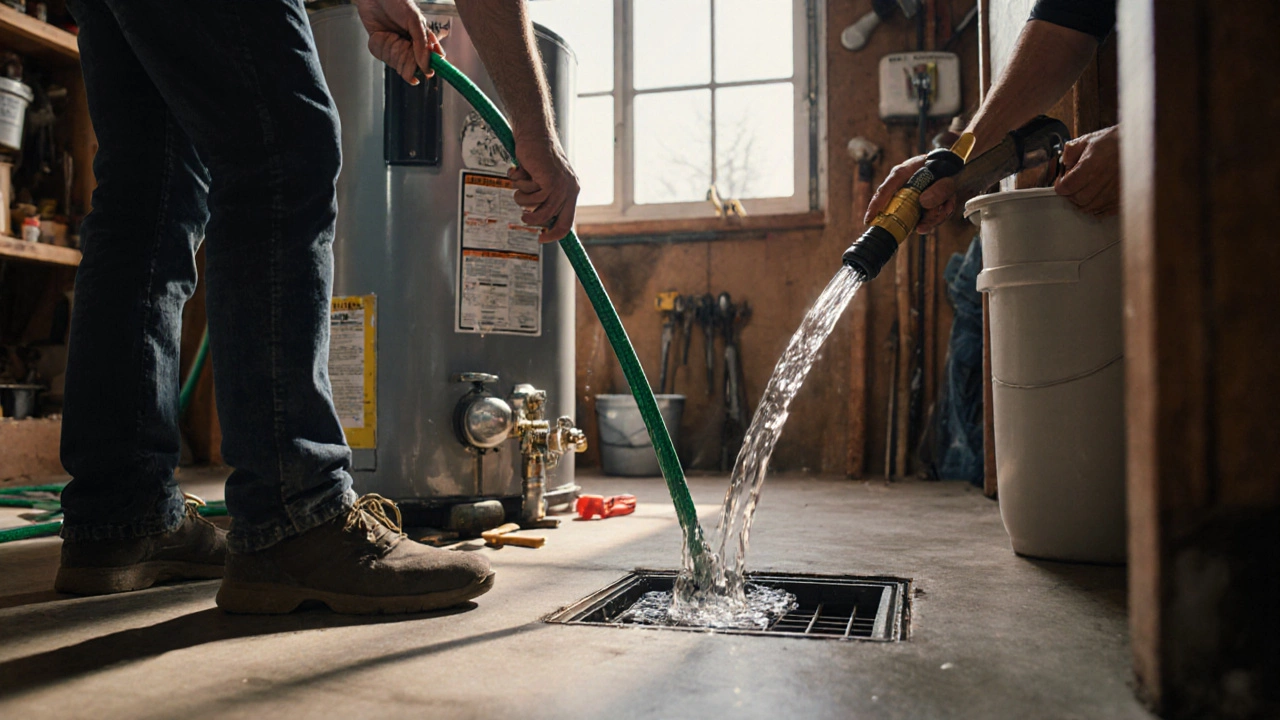
Inspect the heating elements (electric heaters only)
If you have an electric water heater and the tank is clean but still no hot water, the heating elements may be dead. Most have two: an upper and a lower. If the upper one fails, you get a little hot water before it runs out. If the lower one fails, you get no hot water at all.To test them, turn off the power. Remove the access panels and insulation. Use a multimeter set to ohms (Ω). Touch one probe to each terminal on the element. A good element reads between 10 and 16 ohms. If it reads infinite resistance (OL or 1), the element is dead. Replace it.
While you’re at it, check the high-limit switch. It’s a red button near the thermostat. Press it. If it clicks, it had tripped from overheating. Resetting it might bring the heat back. If it trips again, the thermostat or element is faulty.
Check for a broken dip tube
The dip tube is a long plastic pipe that sends cold water to the bottom of the tank. If it breaks, cold water shoots straight to the top, mixing with hot water before it even heats up. You get a brief burst of hot water, then it turns cold.This is common in heaters made between 1993 and 1997, when bad plastic was used. But it can happen in any unit over 10 years old. Signs include white plastic flakes in your faucet screens or showerhead.
Replacing the dip tube requires draining the tank and removing the cold water inlet. It’s not hard, but you’ll need a new dip tube (costs about $15) and a wrench. If your heater is over 12 years old, consider replacing the whole unit instead. Older tanks rarely last long after major repairs.
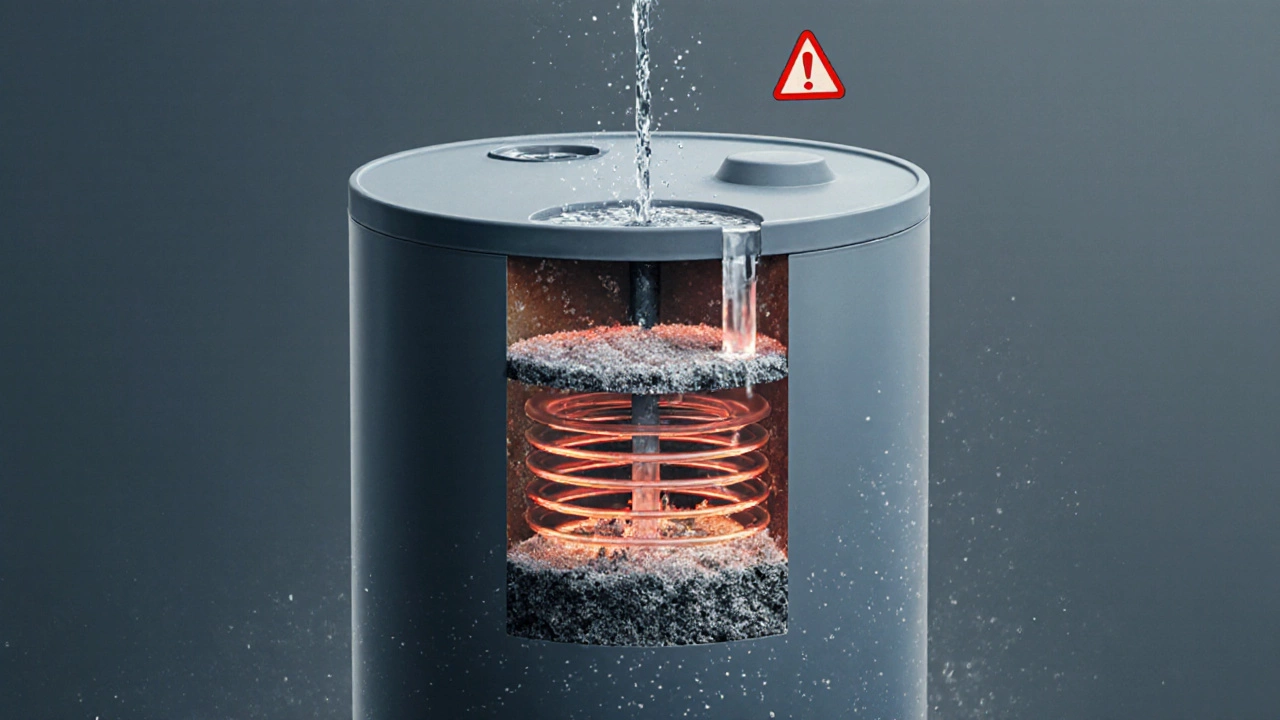
Look for a faulty temperature-pressure relief valve
This safety valve sits on the top or side of the tank. It’s supposed to release water if pressure or heat gets too high. If it’s leaking or stuck open, hot water escapes before it reaches your shower.Check for water pooling around the base of the heater. If you see wetness near the relief valve pipe, that’s a clue. Lift the lever on the valve. If water flows and stops when you release it, the valve is working. If it drips after you let go, it’s faulty and needs replacing.
Don’t ignore this. A stuck-open valve wastes energy and can lead to tank damage. Replacement valves cost under $25. Turn off power and water, drain a few gallons, then unscrew the old one and screw in the new.
When to call a professional
Some problems need a licensed plumber or HVAC technician. Call one if:- You smell gas and can’t find the source
- The tank is leaking from the sides or bottom
- Water is rusty or smells like rotten eggs
- The heater is over 12 years old and keeps failing
- You’ve tried all the steps above and still have no hot water
Old tanks (especially over 10 years) are rarely worth repairing. Water heaters last 8-12 years on average. If yours is near that age and you’re spending $300+ on parts, it’s time to upgrade. New models are 20-30% more efficient and come with 10-year warranties.
Prevent future issues
Don’t wait for the next cold shower. Do this every six months:- Check the pressure relief valve by lifting the lever
- Inspect for leaks or rust around the tank
- Set the thermostat to 120°F
- Flush the tank if you notice slow heating or strange noises
Install a water softener if your water is hard. It cuts sediment buildup by up to 80%. And if you’re away for more than a week, turn the heater to "vacation mode" or lower the temp. It saves energy and reduces stress on the tank.
No hot water in the shower isn’t a mystery. It’s usually one of five things: power gone, thermostat set too low, sediment blocking heat, a broken element, or a failing dip tube. Fix the easy stuff first. Save money. Stay warm.
Why does my shower have hot water for a few minutes then go cold?
This usually means your water heater tank is too small for your usage, or sediment has built up at the bottom. The top layer of water heats up quickly, but the rest stays cold. Flushing the tank often fixes this. If you have a 30-gallon tank and two people showering back-to-back, you might need a larger unit.
Can a broken showerhead cause no hot water?
No. A clogged or faulty showerhead can reduce water pressure or make the stream feel uneven, but it won’t stop hot water from coming out. If the hot water works in other faucets but not the shower, the issue is likely the mixing valve or the pipes leading to that specific fixture. If no faucet has hot water, the problem is the water heater.
How do I know if my water heater is too old to fix?
Check the serial number on the tank. The first two digits are the week of manufacture, the next two are the year. If it’s over 10 years old, repairs are rarely cost-effective. Signs it’s done: rust on the tank, frequent pilot light outages, loud popping noises, or water pooling under it. Replacing it now saves you from a sudden breakdown in winter.
Is it safe to relight a gas water heater myself?
Yes, if you follow the instructions on the tank’s label and don’t smell gas. Turn the gas knob to "pilot," press and hold it while lighting with a long match. Wait 30 seconds, then release. If the flame goes out again, stop. A faulty thermocouple or gas valve could be leaking. Don’t keep trying. Call a pro.
Why does my electric water heater make a humming noise?
Humming usually means mineral deposits are clinging to the heating element. The element vibrates as it heats through the sediment. This reduces efficiency and can burn out the element faster. Flush the tank to remove sediment. If the noise continues after flushing, the element may need replacing.

